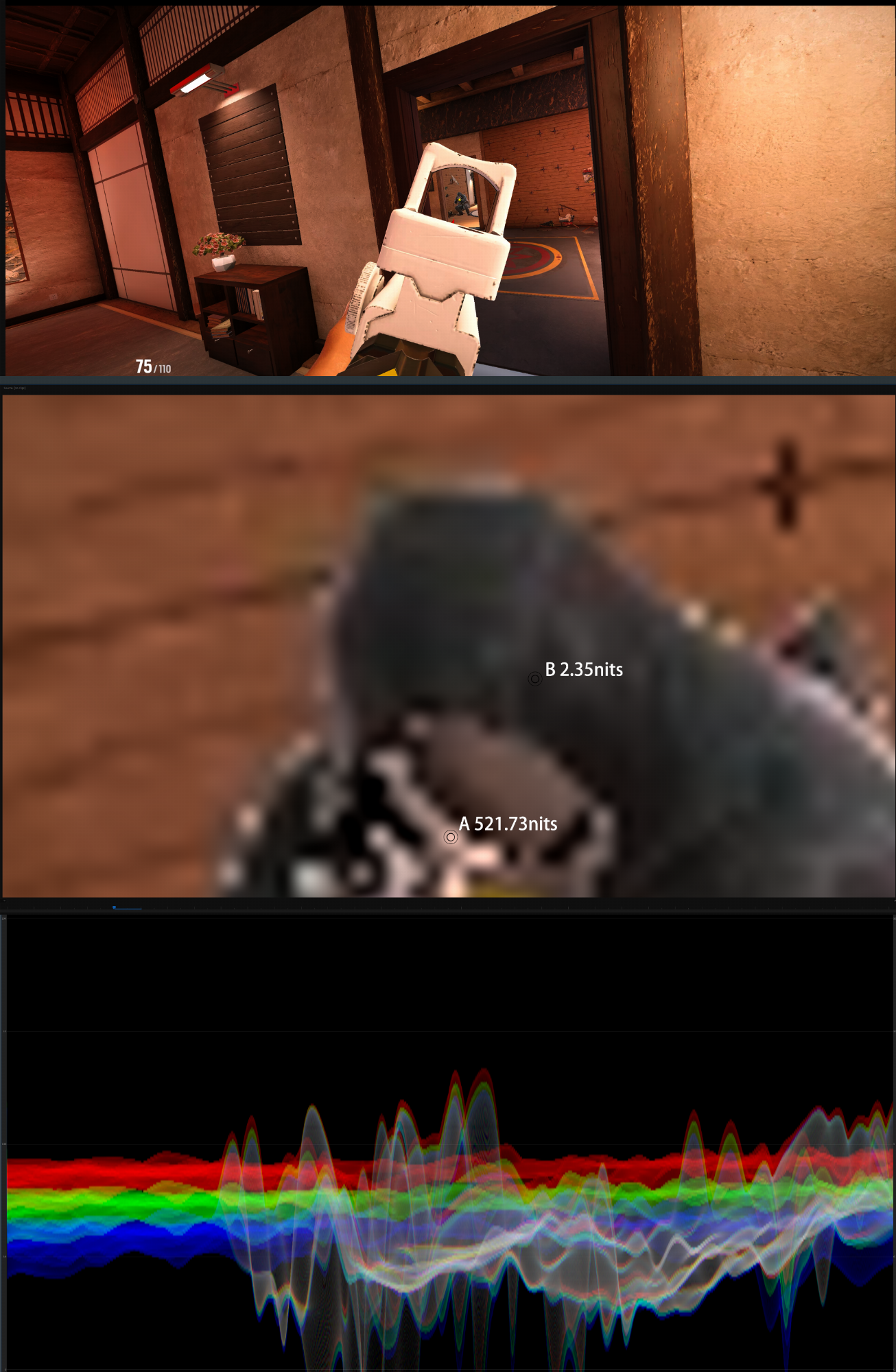kramnelis
Gawd
- Joined
- Jun 30, 2022
- Messages
- 890
Don't forget it's you envy OELD while banging a 55'' miniLED TV that's never as accurate as PC monitors.Do you even read the posts you reply to?
I said you've never seen better. It takes years for you to accept you want to see worse.
![[H]ard|Forum](/styles/hardforum/xenforo/logo_dark.png)


